This post was originally published on September 29, 2022.
The government intends to build an Electric Highway between the national capital Delhi and the financial center Mumbai in an effort to lessen pollution. At a July 11 gathering hosted by the Hydraulic Trailer Owners Association (HTOA), Minister for Road Transport and Highways Nitin Gadkari announced that owners of trolleybuses and large vehicles will be able to operate trolley trucks on the e-highway. Berlin currently has the 109 km-long Electrified Road for Electric Vehicle which is the longest in the world. India will boast the largest electric highway in the world if the government’s plan comes to fruition.
Electric Highway
A road that provides electric power to moving cars is known as an electric road, eroad, or electric road system (ERS). Overhead power lines above the road and ground-level power delivery via conductive rails or inductive coils embedded in the road are typical methods. Ground-level power can be utilized by any vehicle, however, overhead power lines are only for business vehicles. This enables public charging via power metering and invoicing systems. Ground-level conductive rails are thought to be the most economical of the three technologies.
Electromagnetic fields are produced by a network of electric lines and electromagnetic transmitters placed beneath the surface of the road. A coil within the car uses this energy to produce a voltage that can be utilised to replenish the battery and possibly extend the range of the vehicle.
Types of Electric Road Systems
A method of powering and charging a car while it is traveling down a road is provided by electric road systems (ERS). Three primary categories of ERS exist:
- Overhead lines: These are frequently used for electric railroads and trams; they are also referred to as catenary systems. They can also be used to power large commercial trucks on highways.
- Conductive track: These are merely conductive metal tracks that have been inserted into, onto, or occasionally along the side of a road.
- Inductive track: These are conductive coils that are buried beneath the road’s surface. A coil on the car’s underside induces an electric current.
All roads wouldn’t need to be electrified for this. Instead, charging stations would be placed along lengthy routes and in densely populated parts of metropolitan road networks.
The Electric Highway is expected to lighten the burden on vehicles powered by gasoline and diesel and increase the use of electric vehicles. In total, the infrastructure project will enable India to join the league of developed nations worldwide and usher in a new era of transportation amenities.
How Do Electric Roads Work?
The fundamental idea behind electric highways is incredibly straightforward: any car using the road at any one time must have access to energy, which is provided by the road infrastructure. Usually, power is transmitted to the cars directly by inductive coils or conductive rails on overhead or subsurface power lines.
Most electric road systems currently in operation throughout the globe only allow the use of overhead powerlines for commercial purposes; experts believe ground-based power systems to be the most economical.
You can find Electric Highway in:
- South Korea – where wireless power sources were installed on electrified roadways as early as 2013 to refuel OLEV buses (electric buses, essentially).
- Sweden – wherein a “dynamic charging” system, which uses an electrified rail system embedded within 2 km of road to charge electric vehicles, was implemented in 2019.
Sweden has developed a strategy and created a map to enable the national growth of the electric road network. It is believed that in order to fulfill the goal of lowering domestic carbon emissions by 70%, it will be necessary to electrify about 20,000 km of road (by 2030).

Electric Roads Advantages
According to the website, electric highways might transform efficient automobiles into much more than just commuting vehicles. Since all of the wires are buried beneath the road, there is no risk of an accident or electric shock, and any vehicle outfitted with the right equipment may be able to transfer power.
- the development of a cleaner combustion engine substitute
- utilises renewable energy sources, such as solar or wind
- Electric highways are also highly effective in the event of conductive charging.
- significant substitutes for gasoline or diesel-powered automobiles
- a potential plan for lowering air pollution and CO2 emissions.
An Electric Highway would assist India in lessening its reliance on fossil fuels and achieving its objectives for climate sustainability.

Electric Road Systems a Future Solution
Studies appear to be in general agreement that installing electric road systems would be much less expensive than installing a nationwide network of EV charging stations and larger batteries.
Findings from the Swedish ERS study suggest that the former may even cost less than half as much. It goes without saying that batteries will still be required for electric vehicles even if they are using an Electrified Road for Charging Vehicles infrastructure. However, compared to a system that only makes use of charging stations, the overall battery capacity may be decreased by about 80%.
That’s a sizable saving that might turn out to be a sustainable solution to our current lithium resource difficulties while also being safe and efficient for both drivers and pedestrians.
1st Electric Highway in India
The construction of India’s first electric highway between Delhi and Jaipur, according to Union Minister Nitin Gadkari, is his goal. Speaking at a gathering, Gadkari added that the government had so far received 47 proposals for the installation of ropeway cables in Kashmir, Manipur, Sikkim, Uttarakhand, and Himachal Pradesh.
The future Delhi-Mumbai Expressway is also anticipated to have an electric highway, similar to the one in Sweden, in addition to the Delhi-Jaipur route. According to the Union Road Transport and Highways Minister, this new option will allow buses, cars, and other road vehicles to be charged using electricity, just as electric trains.
The e-route between Jaipur and Delhi, according to the National Highways Authority of India (NHAI), will cut the travel time between the two cities to about two hours. In order to facilitate wireless commutes, the NHAI also anticipates that the Sohna elevated road, currently under construction, and the Sohna-Dausa length of the Delhi-Mumbai Highway would be finished by March 2025.
According to rumors, the Union Ministry is already in discussions with a Swedish company to capitalise on the nation’s development. Additionally, the department has invited foreign investments to advance the civil construction of 22 green expressways, 7 of which will soon be opened.
The National Highways Authority of India (NHAI), which is largely in charge of developing NHs and expressways around the nation, would receive a portion of this funding totaling 1.34 lakh crore.
We will eventually need to rely on sources other than fossil fuels for transportation. Our vehicles could run on energy that is supplied alongside the road as a potential replacement. As a result, Electric highways are a reality in the modern world.
To Know More Visit EV Cars!

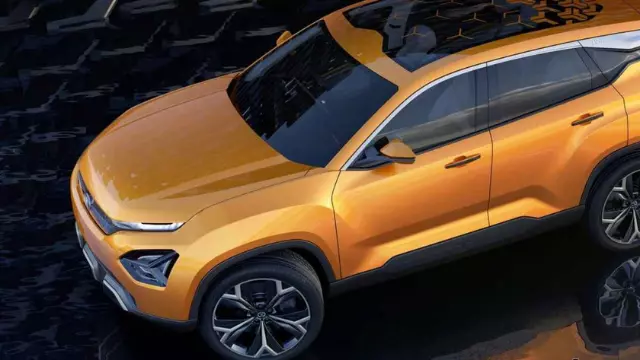
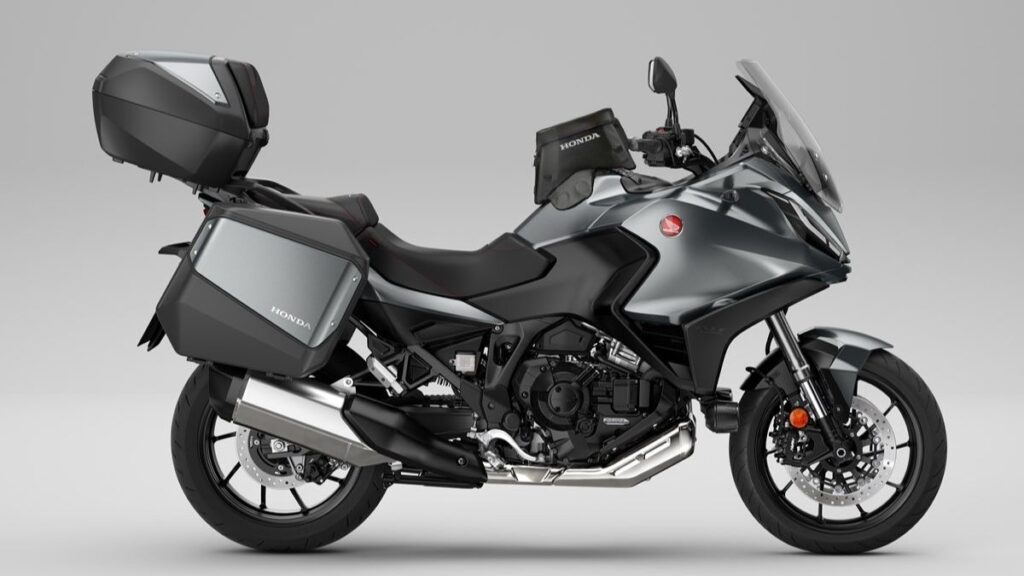
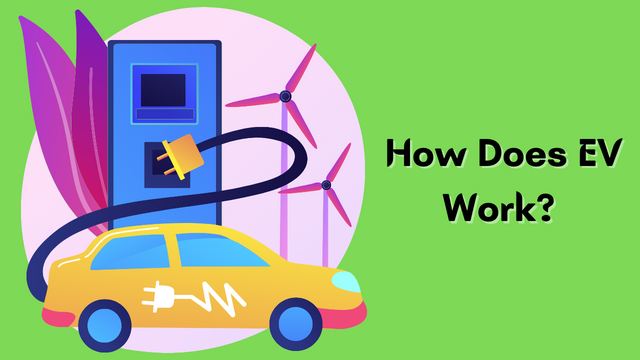
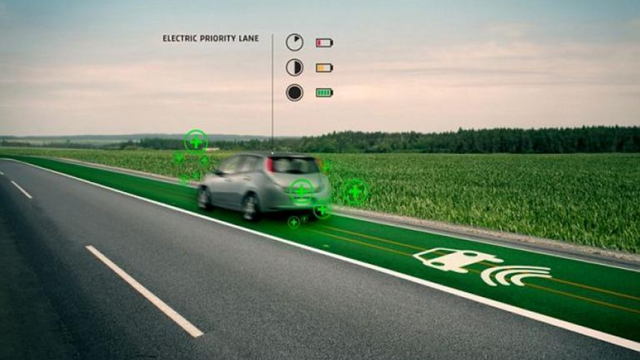

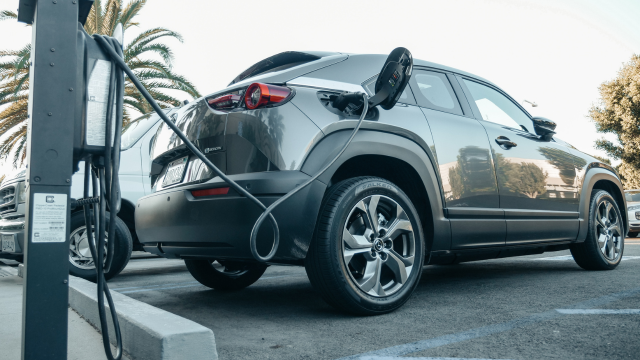



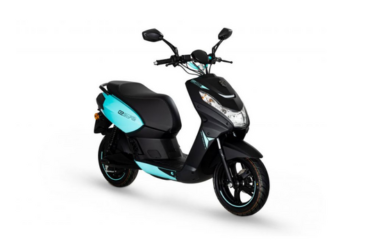
Leave a Review